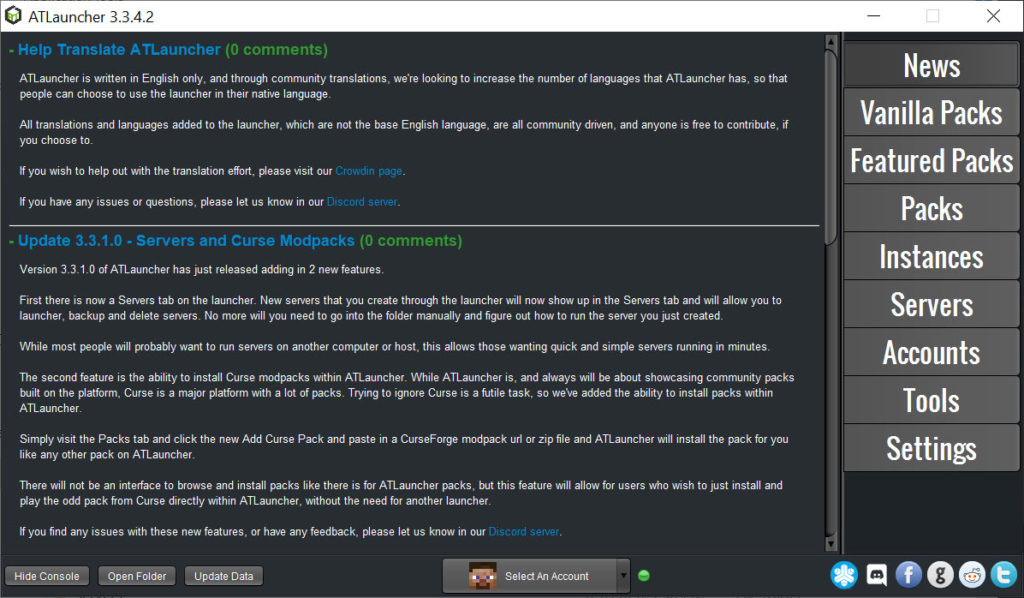

An overset method is used to two-way couple the linear and nonlinear regions that overlap each other. In this paper, a domain decomposition technique in the finite volume framework is presented to propagate small amplitude acoustic and entropy waves in a linearized Euler region and simulate the interaction of these waves with an initially steady normal shock in a nonlinear region. They are found to be significant in both the near and the far fields, which justifies the use of a nonlinear acoustic solver. Nonlinear propagation effects are finally quantified through specific metrics. A particular noise component, different from screech tones and radiating upstream like Mach waves, is highlighted. The spatio-frequency and azimuthal content of the acoustic field are described in order to identify the main noise properties. The studied conditions lead to strong shock-associated noise and Mach wave emission. An analysis of the acoustic near and far fields is then performed.

The far field acoustic levels are finely recovered at most of the observation angles. The jet development shows significant improvement compared to similar past simulations. The flow field appears to agree with the expected turbulence behavior and the available experimental data.

Both a refined grid and a geometrical boundary layer tripping in the convergent are used to get highly disturbed turbulent conditions at the nozzle lips.
#Atlauncher divergence full#
The full convergent-divergent nozzle is explicitly included in the computational domain thanks to the unstructured flow solver. The resulting noise is propagated in the far field by solving the full Euler equations with a high-order discontinuous Galerkin method on unstructured grids. A Mach 3.1 overexpanded hot jet is computed via a large-eddy simulation by solving the filtered Navier-Stokes equations with a finite volume method on unstructured grids.
#Atlauncher divergence free#
Based on appropriate metrics, a good agreement with the experiment is obtained.Ī procedure to accurately simulate a free hot supersonic jet and its associated noise, which uses simultaneously a turbulence tripping method and a two-way coupling between a flow solver and a nonlinear acoustic solver, is proposed in this study. Nonlinear propagation effects, natively taken into account by the full Euler solver, are finally highlighted and discussed. A more careful analysis of the pressure field suggests that the noise is strongly influenced by the flame trench geometry. The aerodynamic and acoustic results are compared to a previous computation involving the Ffowcs Williams and Hawkings approach and show a better agreement with the measurements conducted at the MARTEL facility. This methodology relies on a large-eddy simulation of the jet and the acoustic near field, associated with a full Euler simulation of the acoustic far field. The computation is performed with a two-way coupled approach on unstructured grids. An over-expanded Mach 3.1 hot jet entering a flame duct where it impinges on a deflector before being guided in a horizontal duct is considered. This study aims to numerically investigate the noise radiated by a reduced-scale rocket engine jet at lift-off conditions including a flame trench.


 0 kommentar(er)
0 kommentar(er)
